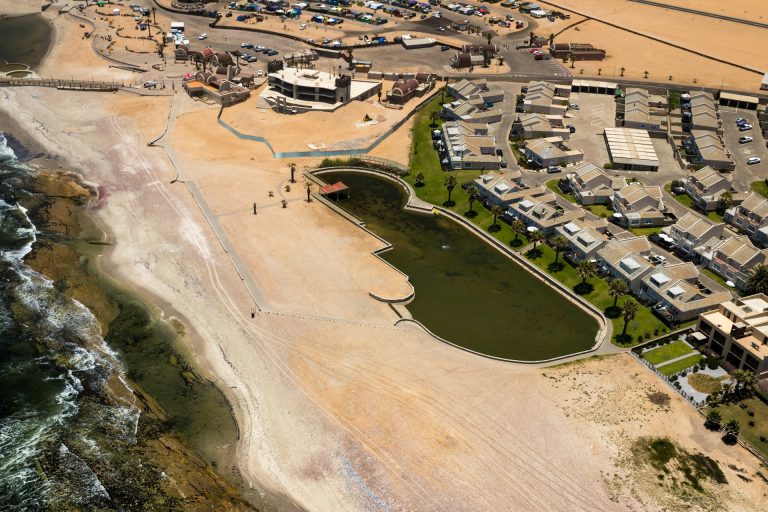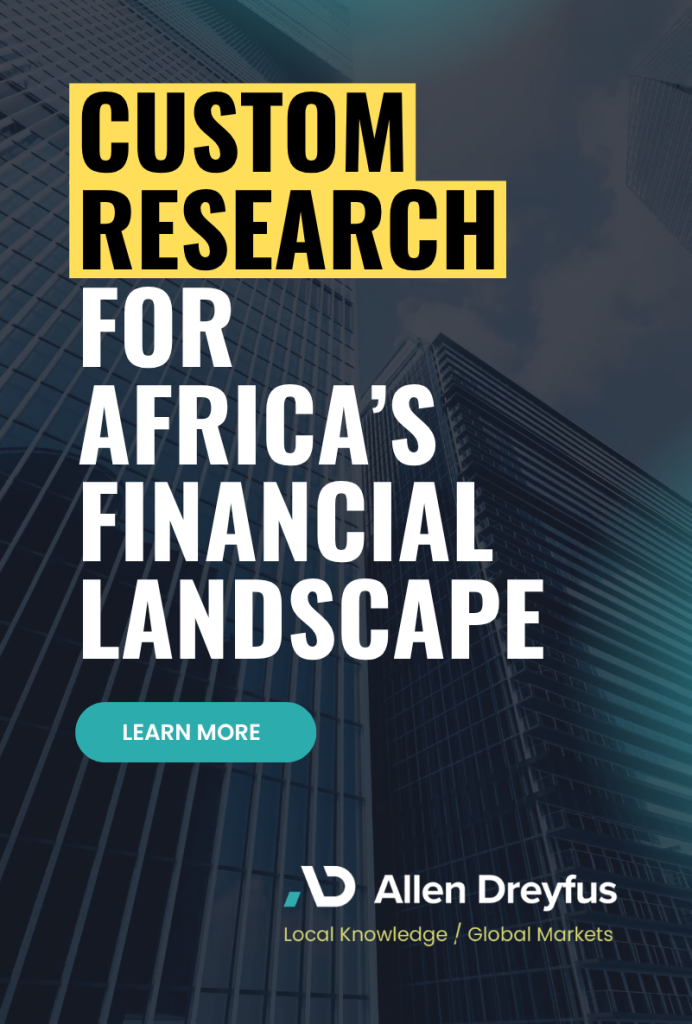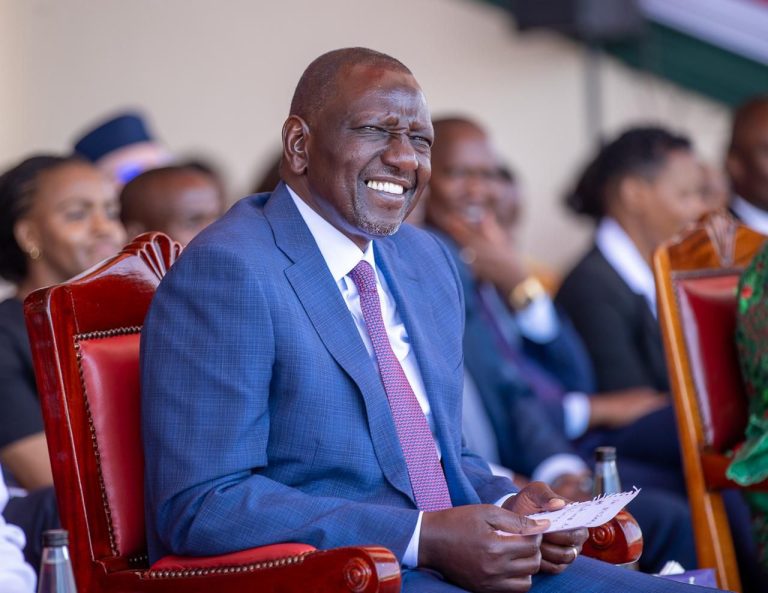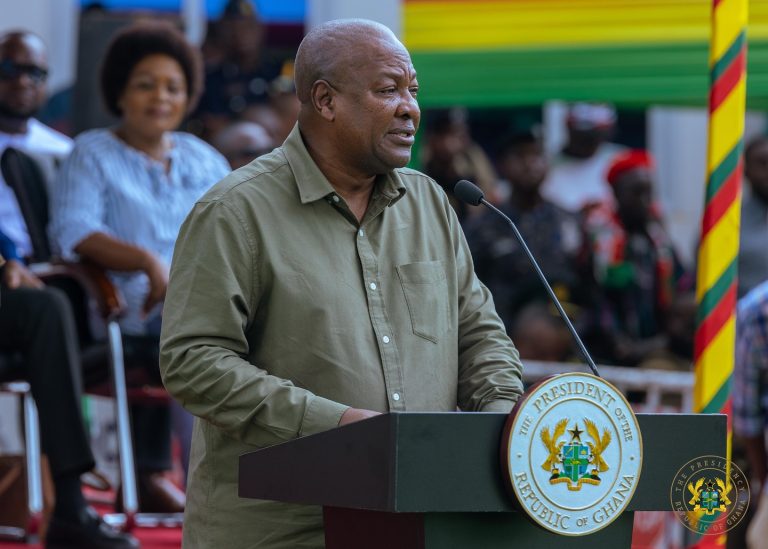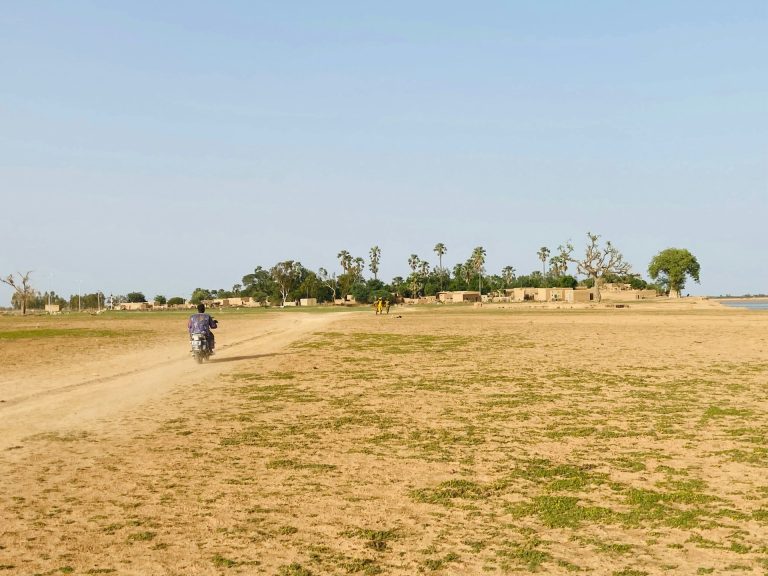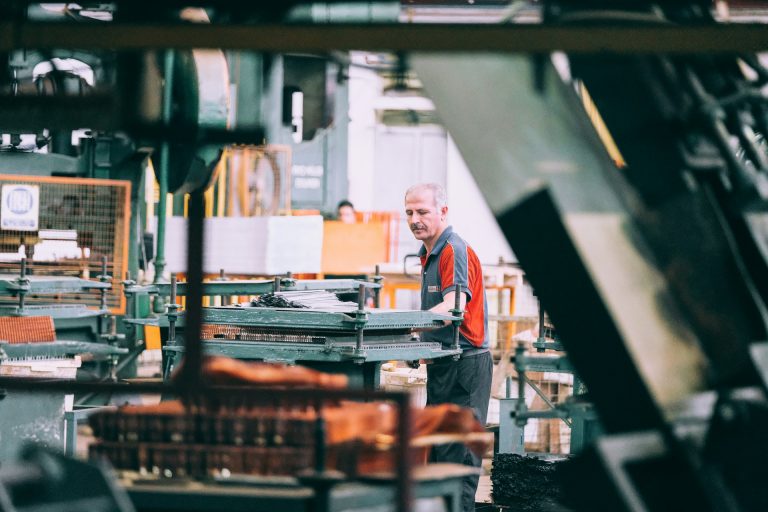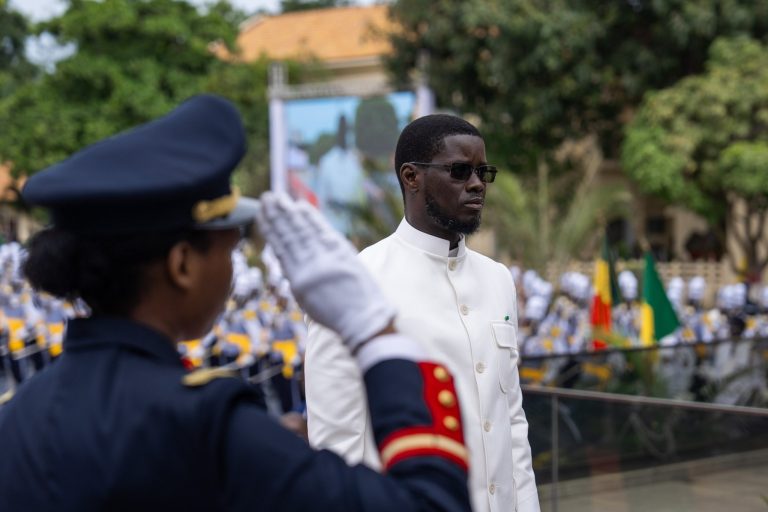- FDI inflows to Africa soared 75% in 2024, far outpacing global market averages
- Intra-African investment rose to $65.4 billion, driven by AfCFTA and regional blocs
Foreign direct investment (FDI) in Africa climbed to $65.4 billion in 2024, powered by regional integration and the African Continental Free Trade Area (AfCFTA), says the Institute of International Finance (IIF).
The Washington-based IIF said African investors are taking a bigger role in financing infrastructure, services, and green energy projects, helping diversify flows once dominated by Europe and the United States.
“Regional blocs and AfCFTA are laying the foundation for stronger intra-African capital flows,” said Marcello Estevão, managing director and chief economist at the IIF. “These developments suggest Africa is beginning to invest more in itself, not just rely on external partners.”
Uneven growth across the continent
Overall, FDI inflows to Africa jumped by 75% in 2024. Excluding a $35 billion megaproject in Egypt, inflows still rose 10.7%, well ahead of the 3.7% global average and the 0.2% increase for all developing economies.
Sub-Saharan Africa has steadily grown its share of continental inflows, rising from 70% in 2004 to 76% in 2024, the report noted. Central and East Africa are emerging as new investment hubs, while West and Southern Africa have lost ground amid declining flows to Nigeria and Angola.
South Africa remains the continent’s top single recipient, followed by Nigeria. Other rising destinations include Ghana, Mozambique, and Rwanda.
The investor base is shifting. Europe remains the largest source of foreign capital in Africa at $190 billion, though its overall exposure has fallen 17% in the past decade. The United States holds $85.9 billion, concentrated in South Africa, Nigeria, and Ghana.
But newer players from the Global South – including China, India, Singapore, and Gulf states such as the United Arab Emirates – are rapidly scaling up commitments.
“The rise of the Global South in Africa’s investment landscape is not just financial, it is strategic,” said Candice Reddy, an economist at the IIF.
She cited the UAE’s investments in Mozambique’s liquefied natural gas and port projects, alongside China’s push into minerals in the Democratic Republic of Congo and manufacturing in Ethiopia.
Shifting beyond extractives
While oil, gas, and mining remain pillars of African investment, flows are diversifying into renewable energy, ICT, financial services, infrastructure, and special economic zones. Rising urbanisation and a young consumer base are also pulling capital into cities and services.
Analysts caution, however, that inflows must translate into long-term development gains.
“The challenge is whether this investment wave will create jobs, foster innovation, and build resilience,” Estevão said. “That will determine if this is just a temporary upturn or a structural transformation.”



